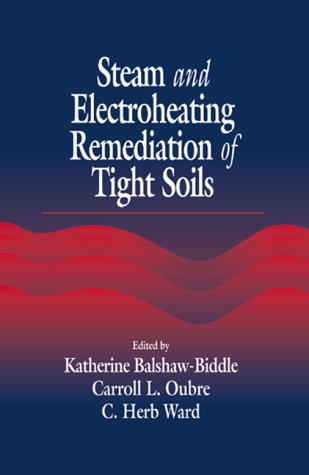AATDF Monograph
1 total work
Steam and Electroheating Remediation of Tight Soils
by John F. Dablow, Paul C. Johnson, and John A. Pearce
Published 20 December 1999
In the past few decades the need for innovative, cost effective methods of soil remediation has increased. Steam and Electroheating Remediation of Tight Soils presents the results of a field study testing the cleanup of semi-volatile fuels from tight soils using a combination of hydraulic fracturing and soil heating technologies.
The project concentrated on the following goals:
Reducing in situ soil TPH concentrations to less than 1000 milligrams per kilograms (mg/kg)
Monitoring the treatment zone using soil temperature and post-implementation soil sampling and chemical analyses
Identifying design characteristics important for site selection and scale-up of the technology
Determining operating costs under normal conditions
The test met these goals. The results assisted in the evaluation of the commercial applicability of this technology.
Steam and Electroheating Remediation of Tight Soils presents design criteria developed from field performance data. It summarizes the field test, results, and conclusions, and discusses possible uses for this in situ technology at future sites. This information will help environmental professionals evaluate the application of this technology to potential sites and provide realistic design considerations.
The project concentrated on the following goals:
The test met these goals. The results assisted in the evaluation of the commercial applicability of this technology.
Steam and Electroheating Remediation of Tight Soils presents design criteria developed from field performance data. It summarizes the field test, results, and conclusions, and discusses possible uses for this in situ technology at future sites. This information will help environmental professionals evaluate the application of this technology to potential sites and provide realistic design considerations.
